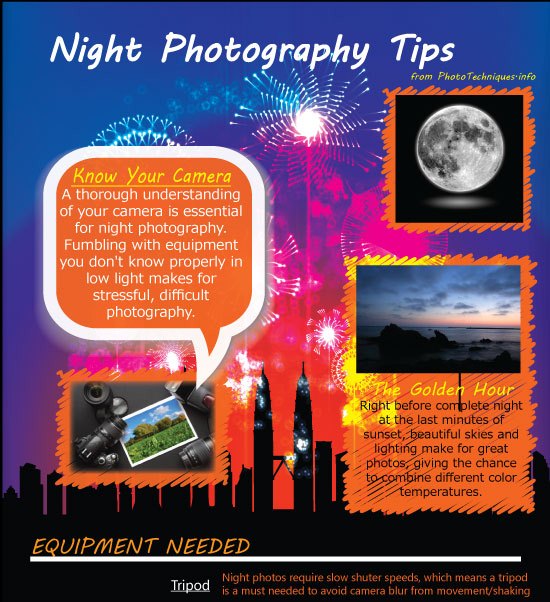The Significance Of Lighting In Photography And Exactly How To Master It
The Significance Of Lighting In Photography And Exactly How To Master It
Blog Article
Staff Author-Gross Phelps
When you get your cam, you may not realize just how critical illumination is in shaping your pictures. It can change an ordinary scene into something amazing, affecting not just the clarity but also the mood of your pictures. Understanding the ins and outs of light-- its instructions, high quality, and shade-- can boost your job to new elevations. Yet just how do you master these elements efficiently? Exploring numerous lighting strategies and explore various configurations could be the secret to unlocking your full capacity as a digital photographer. Let's explore what makes light not just necessary, yet essential.
The Duty of Light in Photography
Light's influence on digital photography can't be overstated; it shapes the mood, highlights information, and creates deepness in your photos. When you pick up your video camera, consider how light communicates with your topic. The instructions and quality of light can either boost or lessen the elements you want to capture.
As an example, soft, diffused light can create a fanciful environment, while severe, straight light can generate plain contrasts and sharp darkness.
As you experiment, observe just how various times of day affect your shots. Early morning and late afternoon often offer the most complementary light, referred to as the "gold hour." This cozy light can create magnificent results that draw viewers in.
Alternatively, capturing at noon can bring about unflattering shadows, so maintain that in mind.
In addition, consider the shade of light. Natural light varies throughout the day, and fabricated lights can present various hues to your scenes.
Adjusting your white equilibrium can assist you attain the preferred impact. Ultimately, recognizing the role of light will certainly change your photography, allowing you to tell stories and stimulate emotions with every picture you record.
Kinds Of Lights Techniques
Usually, digital photographers depend on various lighting techniques to accomplish their preferred effects and enhance their images. Comprehending these strategies permits you to control light artistically, making a substantial difference in your photography.
One prominent method is all-natural lights, where you utilize sunshine to brighten your topic. This technique can create soft, gorgeous darkness and highlights, particularly during the golden hour-- quickly after sunup or before sunset.
Learn Even more Here is the use of man-made illumination, that includes workshop lights, speedlights, or LED panels. You can regulate the intensity and direction of the light, enabling a lot more specific results.
Backlighting is one more effective approach; positioning the light source behind your subject can produce a striking shape or highlight sides, including deepness to your photos.
You could likewise explore high-key and low-key illumination designs. Medical Residency portrait -key illumination generates brilliant, uniformly lit pictures with marginal darkness, while low-key illumination highlights contrast and drama with deep shadows.
Each strategy has its strengths, and experimenting with them will aid you discover your unique style.
Tips for Learning Lighting
Grasping lights can absolutely change your photography, so it's important to get an understanding on some functional tips.
First, constantly focus on the direction of light. Light originating from the side can create depth, while front illumination tends to squash your topic. Experiment with backlighting for significant shapes or to highlight structures.
Next off, consider the high quality of light. Soft, diffused light is commonly more lovely, especially for pictures. You can attain this by shooting throughout gold hour or making use of reflectors and diffusers to soften extreme sunshine.
Do not take too lightly the power of darkness! They can add intrigue and measurement to your pictures. Attempt placing your subject in such a way that permits darkness to boost the structure.
Also, readjust your camera settings appropriately. Use a larger aperture for more light in low conditions, but be mindful of deepness of area.
Lastly, method makes perfect. Take your video camera out in different lighting problems and experiment. The more you play with light, the much better you'll understand exactly how to use it to your benefit.
Master these tips, and you'll elevate your digital photography to brand-new heights!
Conclusion
Grasping lights is essential for elevating your digital photography. By recognizing how light influences your pictures, you can create spectacular make-ups that share state of mind and depth. Try out various techniques and problems, and don't shy away from making use of tools like reflectors and diffusers to boost your shots. With method and a willingness to discover, you'll find that manipulating light comes to be second nature, permitting your creative thinking to beam through in every photo you take.
